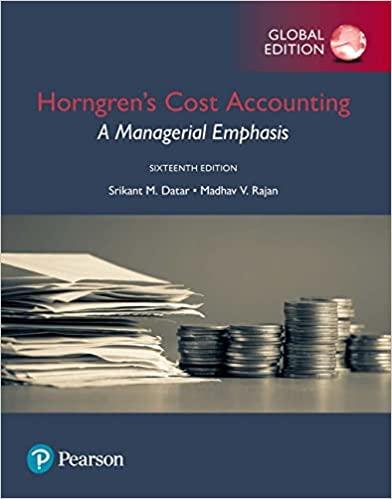Question
Javier P/L is a manufacturer of handbags, that was incorporated in Spain and 75% of its shareholders are Spanish residents. It exports its handbags around
Javier P/L is a manufacturer of handbags, that was incorporated in Spain and 75% of its shareholders are Spanish residents. It exports its handbags around the world.
In a 3 month period, its Board of Directors meet each month in Madrid for the first 2 months, and on the 3rd month they travel to Australia, to also attend other meetings in Sydney, with their wholly owned subsidiary, Jindabyne P/L. This meeting pattern repeats each 3 months.
Jindabyne P/L is an Australian primary producer and manufacturing company that raises young cattle, pigs and goats to make sales of meat, but also to tan the hides of the animals and supply them to Javier P/L to make handbags in Spain.
While in Australia, the directors of Javier P/L enter into a contract with an unrelated company, Jamberoo (Aust) P/L that distributes handbags nationally to stores around Australia.
Javier P/L has the following receipts from Australia 1. Share sales
Javier P/L sells 20% of its stake in Jindabyne P/L and uses those funds to purchase a half a share in Joondalup P/L a crocodile farm, diversifying its leathers.
2. Sale of property
Javier P/L had purchased a property in Jabiru, Northern Territory and had originally intended to set up a crocodile farm. However, the directors found a better opportunity by investing in Jurien P/L that would give them immediate expertise and supply. The Jabiru property was considered superfluous, and Javier P/L sold the property.
3. Interest income
Javier P/L has an Australian bank account where all of its Australian business receipts are deposited and derives interest from that account.
4. Contract business income
Javier P/L receives income from the sale of handbags to the distributor, Jamberoo (Aust) P/L.
6
REQUIRED
For the 2020-2021 year of tax, advise whether Javier P/L is a resident of Australia and how is that status significant in terms of taxation.
Hint, structure your answer as follows: Part 1 - The legislative basis for residency of a company Part 2 - 1st test Part 3 - 2nd test
include discussion of the 3 tests under this test (3+3+3 Marks) Part 4 - 3rd test
Part 5 - Conclusion
(1 mark) (1 mark) (2 marks) (9 marks) (1 mark) (1 mark)
In your responses, ensure you state the appropriate legislation tax rulings or common law cases to support your answer and calculations.
Step by Step Solution
There are 3 Steps involved in it
Step: 1

Get Instant Access to Expert-Tailored Solutions
See step-by-step solutions with expert insights and AI powered tools for academic success
Step: 2

Step: 3

Ace Your Homework with AI
Get the answers you need in no time with our AI-driven, step-by-step assistance
Get Started


